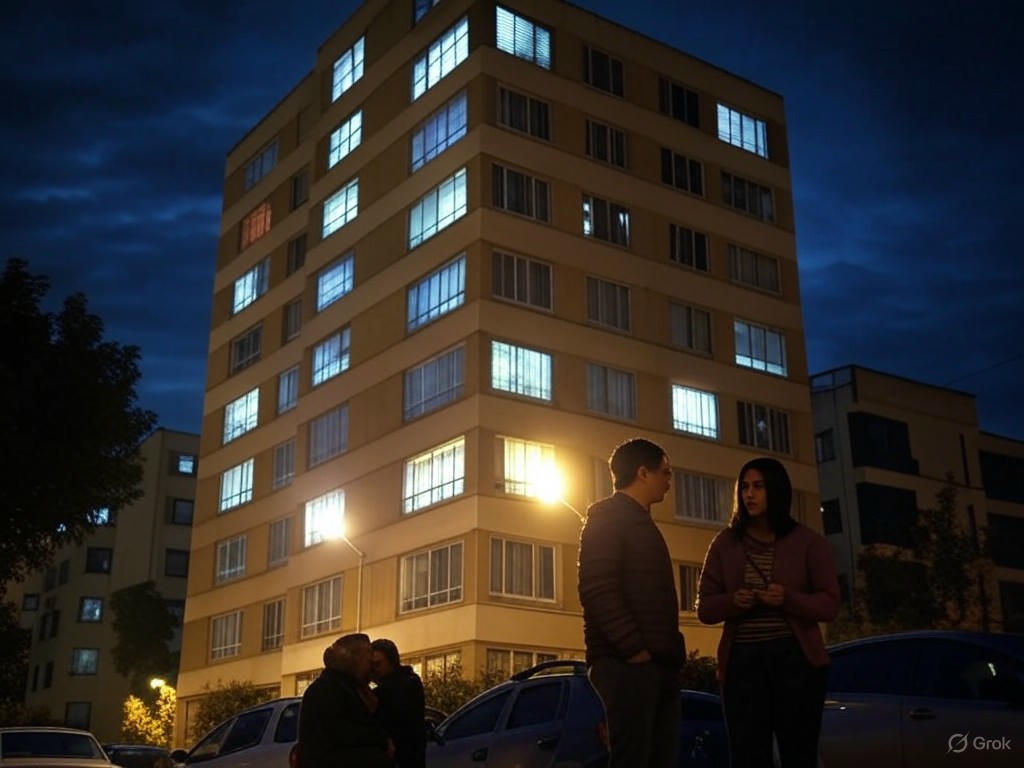Powerful Earthquake Rattles Bogotá: A City on Edge
A powerful earthquake, registering a magnitude of 6.3, struck near Colombia’s vibrant capital, Bogotá, sending shockwaves through the city and its residents. The ground trembled violently in the late afternoon, catching many off guard as buildings swayed and windows rattled. The tremor’s epicenter, located just outside the urban sprawl, unleashed a wave of panic as sirens pierced the air, urging people to evacuate to safer ground. Crowds poured into the streets, with families clutching each other and workers abandoning offices in a desperate bid for safety. Social media quickly buzzed with videos of shaking structures and concerned citizens sharing their experiences in real-time.
The impact of the quake was felt far beyond physical structures. In a city known for its resilience, the emotional toll was evident as residents grappled with the sudden reminder of nature’s unpredictability. Local authorities reported minor structural damage to older buildings, with cracked walls and fallen debris littering some neighborhoods. Thankfully, early reports indicated no immediate casualties, though emergency services were on high alert, scouring affected areas for any signs of distress. Hospitals and shelters opened their doors, preparing for potential aftershocks that often follow such significant seismic events. Geologists warned that the region, sitting near tectonic fault lines, remains vulnerable to further activity, urging citizens to stay vigilant.
Bogotá’s mayor addressed the public shortly after the quake, calling for calm and emphasizing the importance of following safety protocols. Schools and businesses were temporarily shuttered as inspections began to assess the integrity of key infrastructure. Community spirit shone through amidst the chaos, with neighbors helping one another clear debris and offering words of comfort. For many, the event stirred memories of past earthquakes that have shaped Colombia’s history, reinforcing the need for preparedness in a region prone to such natural disasters. Urban planners and disaster response teams are now under renewed pressure to ensure the city’s buildings are equipped to withstand future tremors, a challenge that has long lingered in the backdrop of rapid urban growth.
As night fell, the city remained on edge, with many choosing to sleep outdoors or in makeshift shelters rather than return to their homes. The hum of emergency vehicles and the distant sound of sirens served as a stark reminder of the day’s events. Yet, amidst the uncertainty, there was a shared sense of gratitude that the damage was not more severe. The earthquake, while a jarring wake-up call, highlighted the strength and solidarity of Bogotá’s people. Moving forward, the city faces the dual task of recovery and reflection—how to rebuild stronger and smarter in the face of nature’s formidable power. For now, as aftershocks loom as a possibility, the heartbeat of Bogotá continues, resilient and unbroken, ready to face whatever comes next.


